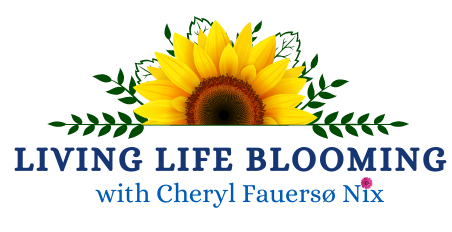 In this blog, I want to talk about my father, his military history, and the lasting impact of trauma. The word “navigating” holds special meaning for me because my father was a navigator in a B-17 during WWII. He was shot down and spent 21 months in two German prison camps. It wasn’t until I watched Masters of the Air, a series released this year, that I truly understood the huge responsibility and fear he must have faced in that role. I cried through every episode.
In this blog, I want to talk about my father, his military history, and the lasting impact of trauma. The word “navigating” holds special meaning for me because my father was a navigator in a B-17 during WWII. He was shot down and spent 21 months in two German prison camps. It wasn’t until I watched Masters of the Air, a series released this year, that I truly understood the huge responsibility and fear he must have faced in that role. I cried through every episode.
Watching that film made me see his real experiences—what tremendous stress and terror he endured. It was evident during my childhood that he suffered from PTSD, but in his era, there were few resources to help him navigate his pain. I often wish he had access to the support I’ve found. Oh, how I wish I could talk to him now as an adult.
As I reflect on my own life, I can see how trauma has shaped me as well. The year my father died was one of the darkest of my life. Not only did I lose the rock of our family, but I also experienced several other traumas. At 19, I was technically an adult, but looking back, I see myself as a child, too young to handle what life was throwing at me. That year, I was raped, diagnosed with aseptic meningitis (which required a lumbar puncture), and I lost a close friendship. I still don’t know how I survived it all.
I get scared to be vulnerable, even as I write this. But as Brené Brown, one of my favorite authors, says:
“Vulnerability is the birthplace of love, belonging, joy, courage, empathy, and creativity. It is the source of hope, empathy, accountability, and authenticity. If we want greater clarity in our purpose or deeper and more meaningful spiritual lives, vulnerability is the path.”
That year changed me forever. I eventually sought help from an incredible social worker who saved my life. She guided me through my grief over my father, the PTSD from his death, and the other traumas I had endured. I’m so thankful to live in a time where resources like therapy exist. But even now, the memories linger and can catch me off guard.
Triggers still exist. The sound of a cardiac monitor instantly transports me back to the hospital room where my father died. The smell of diesel reminds me of painful moments. Headaches or back pain can take me back to lying on that gurney, getting a needle in my spine. And hearing about my lost friend brings tears and sadness, even now.
Self-blame has been a constant companion. Negative thoughts still creep into my mind. I can be pulled into the past by a sound, a 70s song on the radio, a smell, or someone entering my personal space. But through it all, I’ve discovered the resilience within me. I credit some of that to my Finnish “sisu” and Danish strength—qualities I like to think make me a strong Viking woman.
As Brené Brown wisely said:
“Only when we are brave enough to explore the darkness will we discover the infinite power of our light.”
Over the years, I’ve found ways to cope. I reach out to my therapist when things feel too dark. I seek peace in everyday moments, like the blue sky or picking raspberries from our garden. I work on reframing those negative thoughts and use music as a powerful tool for healing. And I lean on my community of family and friends, knowing that connection helps us heal.
There is so much trauma in this world. Most of us have encountered it in some form and have suffered from it. But what helps you? If you feel comfortable, I’d love to hear your story.
The name of my website, Living Life Blooming, comes from my vision of a flower opening up and sharing its message with the world. We all need connection. Brighter days are always around the corner, and I’m looking for the sunshine to help me bloom every day, especially in these older adult years.
Until next time, Cheryl

